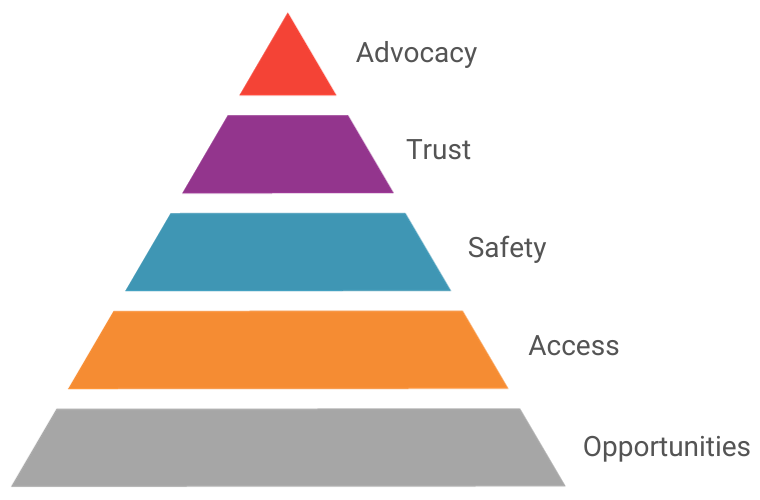The 2024 Diversity, Equity, and Inclusion Year in Review
January 22, 2025

RELATED POSTS

Insight
3 days ago
What Kind of Leader Do You...

Insight
6 days ago
Corporate Research Forum:...

Insight
13 days ago
Liberate Your Organization...

Insight
1 month ago
Guiding the Company’s...

Insight
1 month ago
How Do You Know You Have a...

Insight
1 month ago
Let’s Talk About Insights






